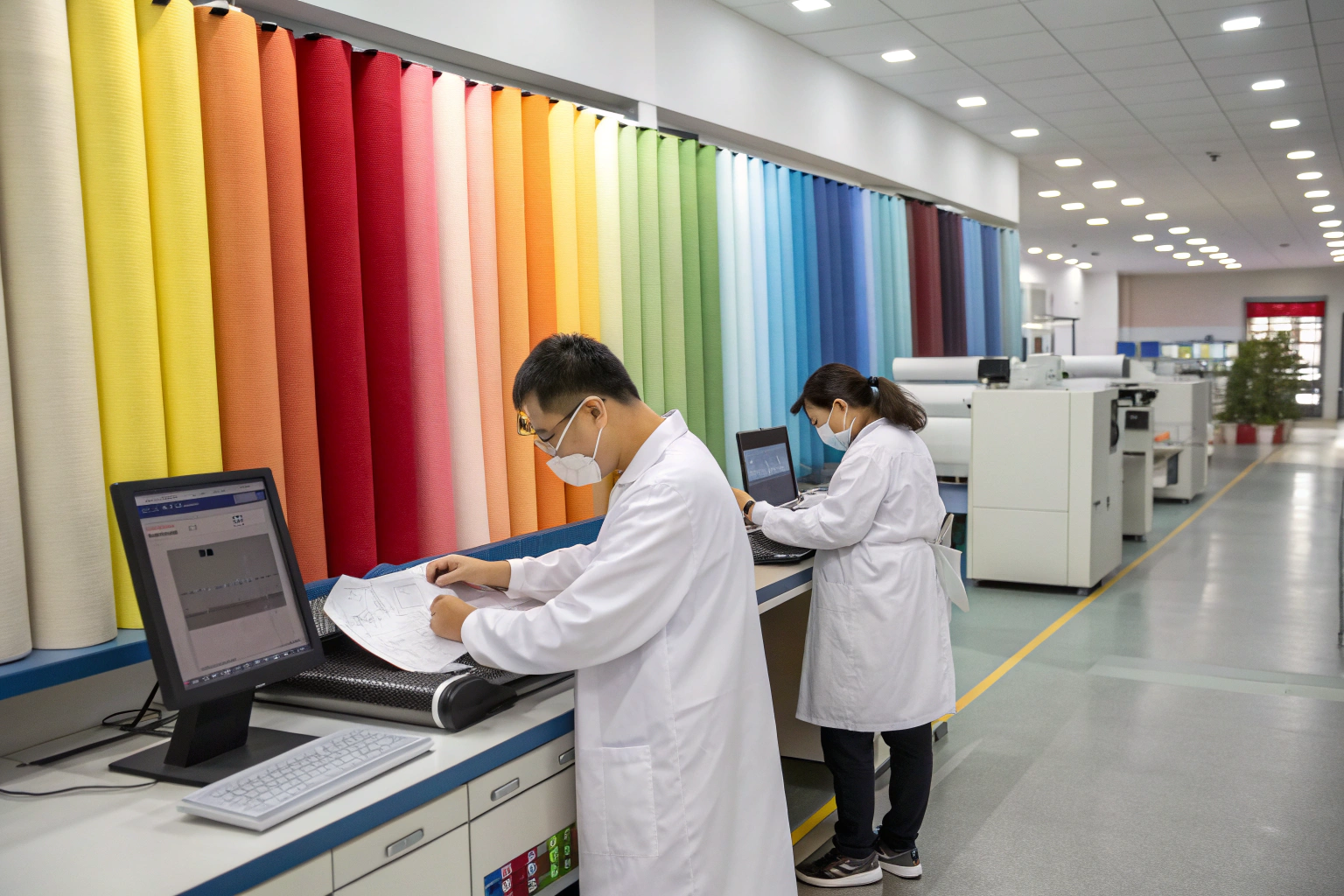DNA-tagged anti-counterfeit fabrics are reshaping how global buyers secure their textile supply chains. But when customers and factory partners ask, “What are the minimums for DNA tagging in fabrics?” the question usually points to two things: the technical minimum amount of DNA required to mark a fabric effectively, and the commercial minimum order quantities (MOQs) that suppliers or technology providers accept. For brands and sourcing managers like Ron from the U.S., who value quality and security, understanding both sides is critical before starting production.
The minimums for DNA-tagged anti-counterfeit fabrics depend on the technology platform and supply chain partner, but in most cases, only trace amounts of DNA are required for detection, and the MOQ is defined by the tagging provider and mill capabilities.
For anyone planning to secure fabrics against counterfeiting, knowing the difference between scientific detection thresholds and commercial buying requirements ensures smoother planning, cost control, and reliable delivery.
How Much DNA Is Needed for Fabric Authentication?
DNA tagging sounds highly scientific, but the actual amounts involved are almost invisible to the naked eye. Customers often worry that DNA additives will change the fabric’s feel or color, but the quantities required are far below any threshold that could affect comfort or performance.
Only trace levels of DNA—often measured in nanograms per gram of fiber—are enough for forensic detection without changing the fabric’s physical properties.
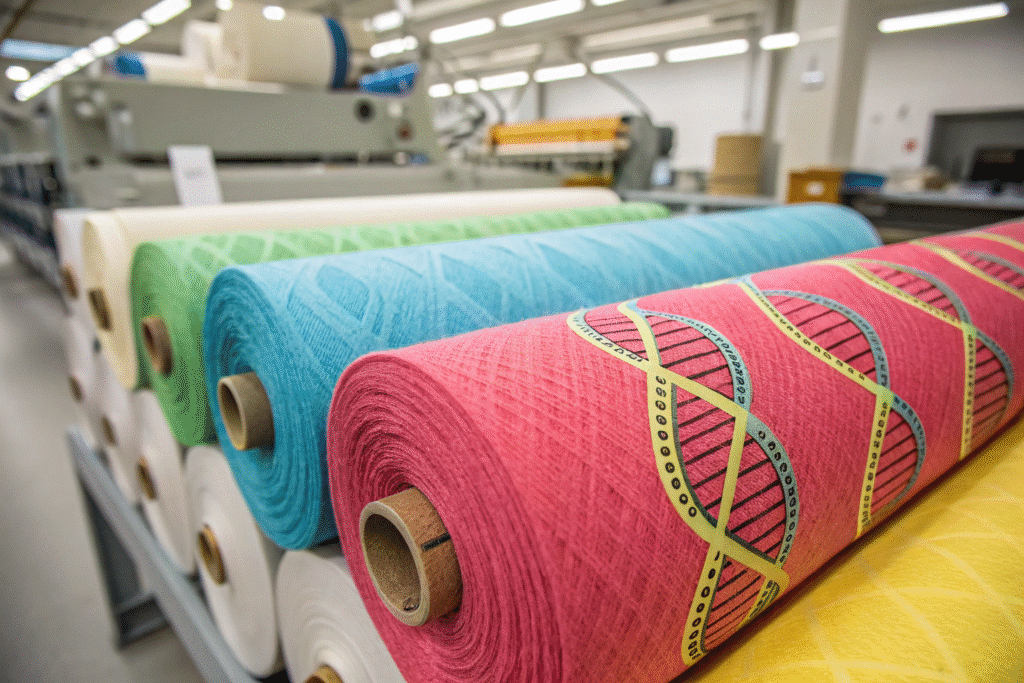
Why is the DNA level so small?
Researchers and technology firms like Applied DNA Sciences explain that their SigNature T system can mark hundreds of millions of kilograms of fibers with a single DNA marker. Similarly, Haelixa uses DNA embedded in fibers to track garments across the supply chain, requiring only micro amounts. These extremely low inputs mean fabric mills do not need to worry about performance trade-offs.
Can detection work at such low levels?
Yes. Scientific studies in anti-counterfeiting for pharmaceuticals show detection is reliable at levels below 50 ng per gram of material. In textiles, this translates to invisible tagging that still produces strong signals during lab verification. The system is designed to withstand common processes like dyeing, washing, and finishing without losing traceability.
What Are the Typical MOQs for DNA-Tagged Fabrics?
When buyers like Ron evaluate DNA-tagging, the MOQ (minimum order quantity) is just as important as the science. After all, not every project involves millions of meters of fabric. Smaller brands, online retailers, and test orders need flexible thresholds.
Typical MOQs for DNA-tagged fabrics vary by provider, ranging from pilot runs of a few hundred meters to bulk programs starting at thousands of meters.
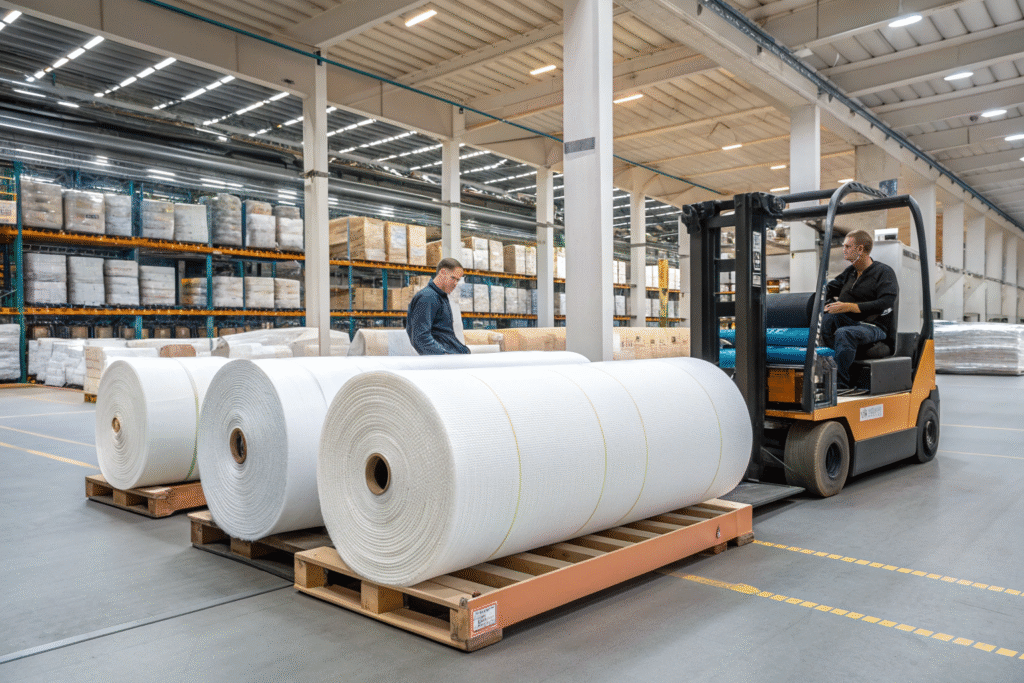
How do suppliers set MOQs?
Providers usually determine MOQs based on the cost of DNA application and detection kits. For example, DNACotton focuses on cotton sourcing at scale, so their MOQ is designed for large industrial orders. On the other hand, firms offering pilot projects, like Haelixa, may allow smaller test runs to introduce DNA into specific yarn batches.
Can MOQs be negotiated?
Yes. Negotiation depends on project scope and long-term partnership. Many DNA-tagging providers are open to smaller orders for proof-of-concept or for high-value, sensitive markets like luxury fashion. If buyers demonstrate potential for scale, MOQs can often be adjusted. For example, sustainability-focused brands launching eco-fabrics may find suppliers willing to support smaller DNA-tagged orders to build brand trust.
How Reliable Is DNA Tagging During Production?
Even with small quantities, buyers need confidence that DNA tagging survives every step of textile manufacturing. The process includes spinning, weaving, dyeing, printing, and finishing. Customers often ask if DNA tags wash out or fade during industrial processing.
DNA tagging systems are engineered to withstand typical textile processing, including washing, dyeing, bleaching, and finishing.
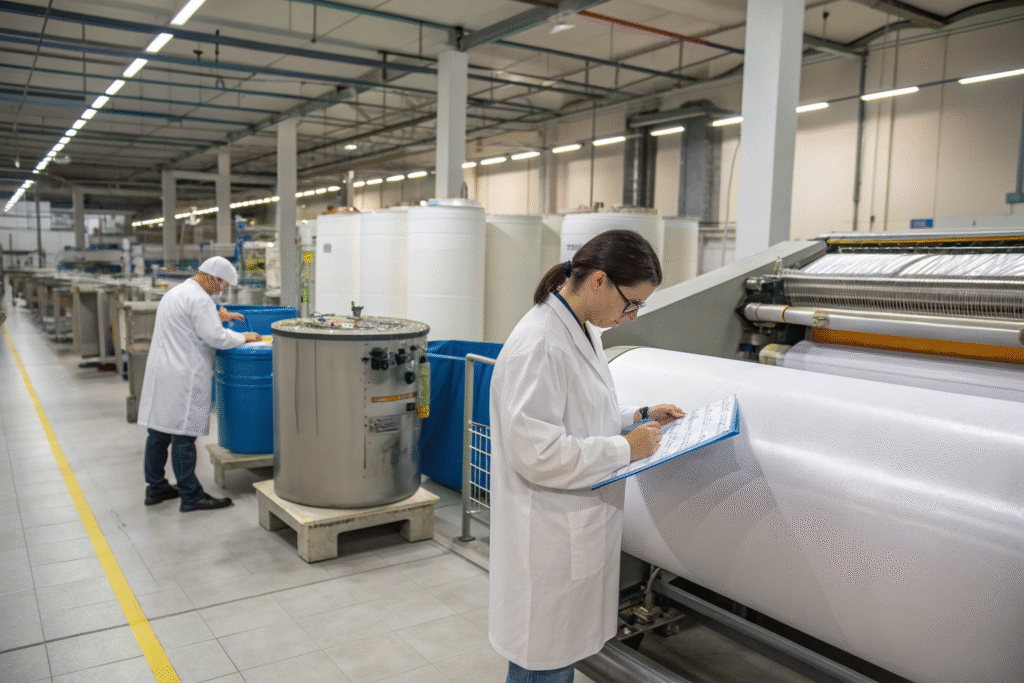
Does dyeing remove DNA tags?
Independent tests show that DNA survives high-temperature dyeing and finishing. SGS and Intertek labs have verified the stability of DNA-based tagging in textiles, ensuring consistent detection after processing. This makes the system reliable even for fabrics that undergo heavy treatments, like denim or polyester blends.
How is DNA verified after production?
Specialized readers and authentication kits are used to scan fibers. These kits can confirm origin, authenticity, and ownership rights. They are often portable, which means customs agencies and brand inspectors can conduct quick spot checks during logistics or retail audits.
What Is the Cost Impact of DNA Tagging?
For many sourcing managers, the final concern is not scientific—it’s financial. Will DNA tagging significantly raise fabric costs? Will it be sustainable for large-scale production?
DNA tagging is designed to add minimal cost per meter, especially at scale, while creating significant value by protecting against counterfeit risks.
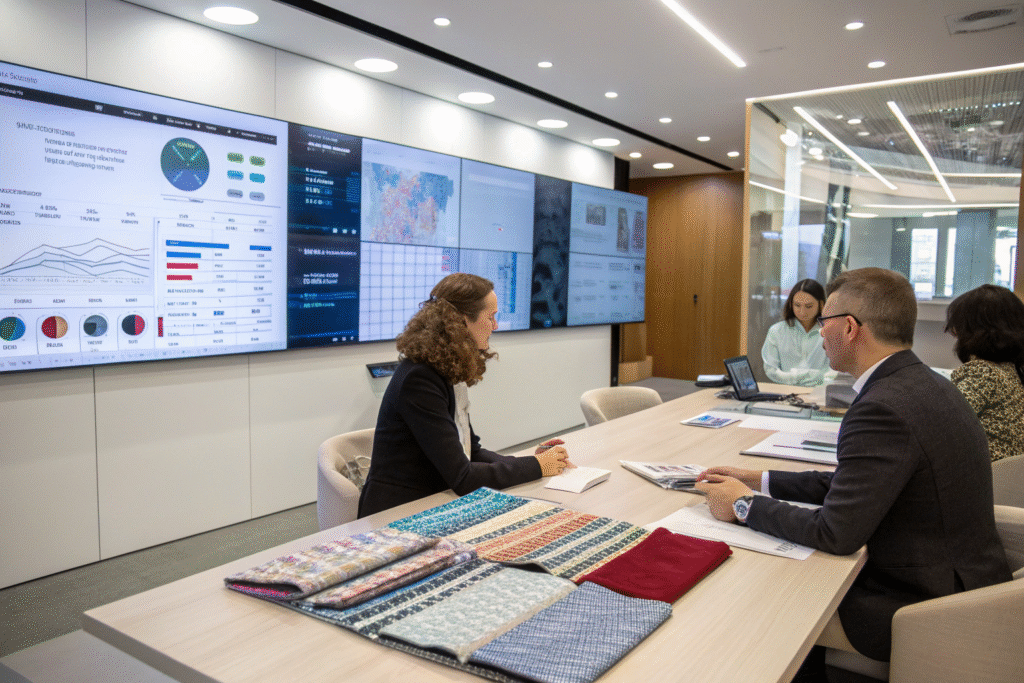
Is the cost noticeable for buyers?
According to Textile World, the incremental cost per meter is low, often just cents, when spread across bulk orders. For premium buyers, this cost is negligible compared to the value of brand protection and market trust.
Is it worth it for smaller buyers?
For startups or niche brands, DNA tagging can seem like a luxury. But in markets where counterfeiting is common, such as luxury apparel or functional fabrics, the added cost may save millions in brand protection and legal disputes. Many providers now bundle DNA tagging with sustainability certification, offering a double benefit at a marginal cost.
Conclusion
DNA-tagged anti-counterfeit fabrics do not require large amounts of DNA—trace levels are enough for authentication. The real “minimums” buyers need to consider are the MOQs required by tagging providers and the budget impact per meter. DNA technology is stable across the production chain, reliable in forensic testing, and affordable at industrial scale. For brands aiming to secure their supply chains and protect customer trust, this innovation is becoming a standard, not an option.
If you are considering securing your fabrics with DNA tagging, we at Shanghai Fumao can support your needs. You can contact our Business Director Elaine at elaine@fumaoclothing.com to discuss how to co-create your custom DNA-tagged fabric orders with full production and logistics support.

